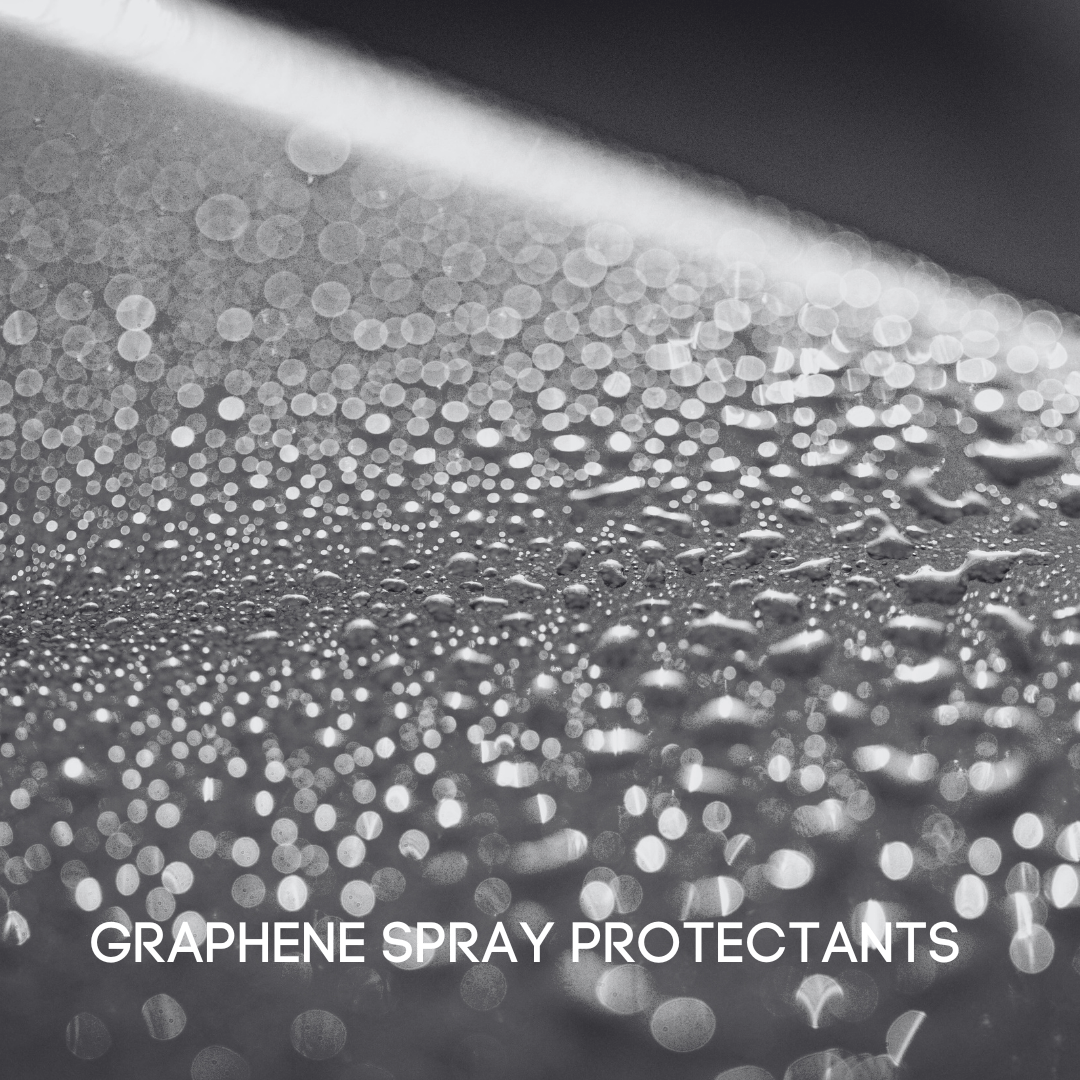Is a sprayable Graphene Coating Better Than a sprayable Ceramic Coating?
Graphene coating holds an edge over ceramic coating in several aspects. Most notably, it has superior hydrophobic properties, meaning that water and other liquids bead up and roll off the surface, reducing the chances of water spots and mineral deposits. This also makes the boat easier to clean. Graphene's high resistance to heat prevents oxidation and corrosion, thus preserving the original luster. Graphene coatings involve transforming graphene, an atom-thin material, into a more practical form known as graphene oxide. This enables its combination with a ceramic base, resulting in a coating that surpasses traditional sprayable ceramic coatings in terms of protection, durability, and longevity. Ultimately, while spray ceramic coating is still a strong choice for boat surface protection, graphene's exceptional characteristics make it a formidable new player in the world of protective coatings.
What are some of the strengths of Sprayable Graphene Coatings over regular Sprayable Ceramic Coatings?
Some of the relative advantages over ceramic coatings are:
- Smaller water beads, which combat water spotting
- Smaller water beads provide a self-cleansing effect on the surface
- Longer durability
Graphene vs. Waxes and Sealants
Compared to waxes and sealants, graphene coating offers a superior level of protection. Waxes and sealants provide a temporary shield against environmental factors and require regular applications to maintain their effectiveness. Conversely, a sprayable graphene coating forms a longer-lasting bond with the surface, offering a much longer lifespan, often up to a year. Furthermore, waxes and sealants can degrade under intense UV exposure, while graphene coating is UV stable, thus maintaining its integrity under harsh sunlight without breaking down. The water beading effect, a common quality indicator for waxes and sealants, is significantly better in the case of graphene coatings, leading to less water spotting and a self-cleaning effect. Despite the higher initial cost, the longevity, superior performance and ease of application of graphene coating can make it a more cost-effective choice in the long run.
Can I use sprayable Graphene on a ceramic coating?
Sprayable graphene can be used on top of a ceramic coating. Applying a graphene coating over an existing ceramic coating can enhance surface protection, given graphene's superior hydrophobic properties. This combination results in a more robust protective layer, offering the advantages of both coatings. The ceramic coating serves as a base layer that bonds with the surface of the boat, while the graphene layer fortifies this base with its exceptional characteristics. Notably, the application process should be carried out as per the manufacturer’s instructions to ensure optimal results. This dual-layer approach extends the longevity of the coating, augments the self-cleaning effect, and further reduces the risk of water spotting and mineral deposits.
Are Graphene Spray coatings easy to apply?
Yes, the application process of graphene spray coatings is quite straightforward and can be performed by any boat owner. Applying them is a breeze, much like using spray-on waxes and sealants, yet they provide the added benefit of graphene's unmatched protection.
Learn more about SRD20 Graphene Spray Protectant

